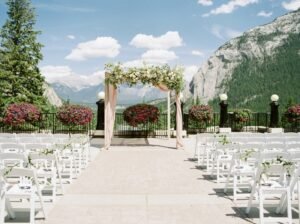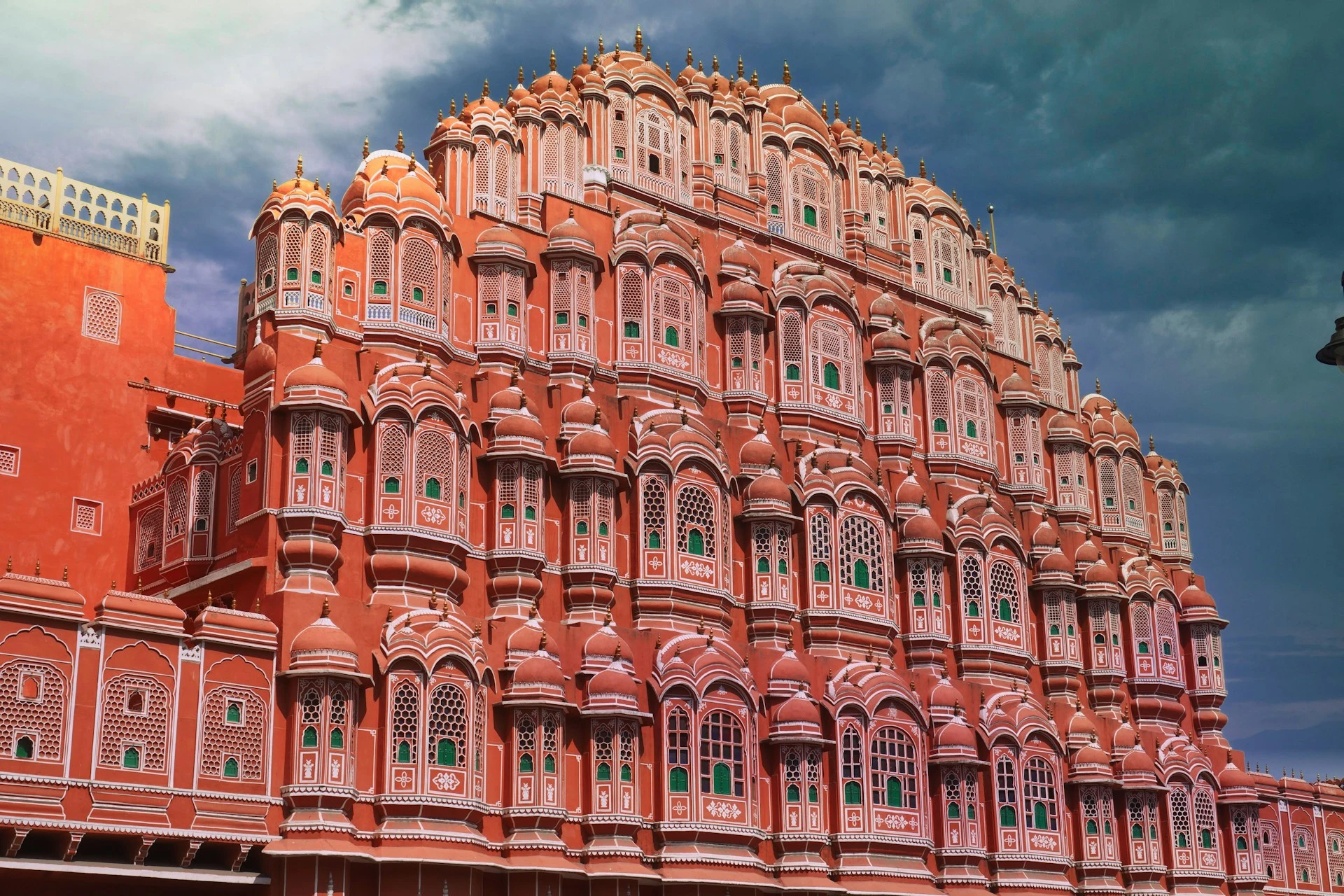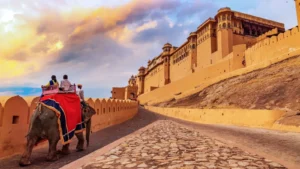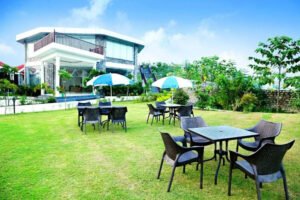
Jaipur Tour Places
History of Jaipur Hawa Mahal
Jaipur Hawa Mahal is one of Rajasthan’s great wonders and royal residences. It is renowned for its pink latticed balconies and windows that provide stunning city vistas, making it one of Jaipur’s most recognizable buildings. Constructed in 1799 as an addition to the Royal City Palace by Maharaja Sawai Pratap Singh, the Kachwaha monarch of Jaipur, it is often referred to as the Palace of the Winds and is among the best specimens of Rajput architecture in the nation.
The Hawa Mahal is considered as one of the most iconic attractions of the city. The five-storey building looks like a honeycomb of a beehive and it is always windy inside, owing to the numerous windows and jharokhas. This amazing ventilation that the palace enjoys is the reason why it was named as the Hawa Mahal, which literally translates into the “Palace of the Winds”.

Beauty in Pink
The stunning pink sandstone from the area was used to build the palace in 1799. A few decades later, Prince Albert, the husband of Queen Victoria, was scheduled to pay a visit. To greet him, the Maharaja painted the entire city a romantic, dusky shade of pink, which was thought to be the color of hospitality. Jaipur was dubbed the “Pink City” by the prince and queen, who adored the color.
The ‘Pink City’ designation was maintained when a law was implemented that made it unlawful to paint buildings any other color than Jaipur Pink.
MAIN PURPOSE BEHIND THE CONSTRUCTION OF THIS BUILDING
This palace was built primarily so that the ladies of the royal family and the court could watch the bustling streets of the Johari Bazaar from the numerous jharokhas inside the castle without being noticed. Standing at five stories, the Jaipur Hawa Mahal is the world’s highest structure constructed without a foundation. Its pyramidal design and curved architecture, which tilt at an 87-degree angle, have allowed it to remain upright for millennia.
The famous Hawa Mahal, a beloved landmark in the center of Jaipur, was constructed in 1799 by Maharaja Sawai Pratap Singh, the grandson of Maharaja Sawai Jai Singh, and was built by Lal Chand Ustad. Its name comes from the astounding 953 windows, or “jharokhas,” which are ingeniously arranged to form a honeycomb conditioning system that keeps the palace cool and well-ventilated, even during the hot summer months.
RELIGIOUS SIGNIFICANCE
The Hawa Mahal is dedicated to Lord Krishna. It is said that the shape of the building resembles the crown of Krishna. More than a palace, the Jaipur Hawa Mahal is also a cultural and architectural marvel that reflects a truly harmonious amalgamation of the Hindu Rajput and Islamic Mughal architectural styles. The Rajput style can be seen in the dome’s canopies and the fluted pillars, while the stone inlay filigree work and the arches are perfect depictions of the Mughal style of architecture.
A TOUCH OF INTERNATIONAL SIGNIFICANCE
The building is “a true reflection of a fusion of Hindu Rajput architecture and Islamic Mughal architecture; the Rajput style is seen in the form of domed canopies, fluted pillars, lotus and floral patterns, and the Islamic style as evident in its stone inlay filigree work and arches.
However, the real delights awaiting you inside will leave you in awe of its breathtaking splendor. So, let’s step inside and witness this amazing marvel.
RENOWNED FOR BEING THE WORLD’S TALLEST STRUCTURE, ALTHOUGH IT HAS NO FOUNDATION
Maharaja Sawai Pratap Singh of the Kachhwaha Rajput dynasty made the decision to construct the extraordinarily unusual palace as an addition to the royal women’s chamber in 1799.
Purdah (a religious and social practice of gender partition) was the norm at the time, so the Maharaj, with the assistance of Lal Chand Ustad, created a special grill known as the Aakash Patal Jali, which allowed the ladies to watch the junta in Johari Bazaar, chatting and haggling with shopkeepers and karigars (mechanics) with excitement while remaining hidden from the general public. Additionally, the latticed windows provided a view of the central street, which was traversed by religious and royal processions.
Does reading all of this make you want to visit and take in the breathtaking scenery for yourself? If you’re having trouble finding the entrance, you’re not alone either; there are plenty of people in the line. Entering the Hawa Mahal inside is an adventure in and of itself because, oddly, there is only a rear entry rather than a front one. The highest skyscraper in the world has ramps to the top levels instead of stairs.
Yes, you read correctly. Without a foundation, the five-story Jaipur Hawa Mahal is the world’s highest structure. This architectural marvel is made feasible by its 87-degree lean and curvature.
ONE CAN EXPERIENCE SURPRISES AT EVERY LEVEL
The Sharad Mandir, which is adorned with vibrant ethnic glasswork for autumn festivities, is located on the first floor. Ratan Mandir owns the second floor. Vichitra Mandir, Prakash Mandir, and Hawa Mandir are the final three stories.
A museum showcasing Rajasthani miniature art is located within, while a collection of shops outside sells the area’s renowned silver jewelry, leather-crafted home décor pieces, and handcrafted jewelry.
OTHER ATTRACTIONS
You can enter the Jaipur Hawa Mahal inside via a grand door at the back of the building, as it does not feature a direct entrance. When you find yourself at the top of the palace, you can treat yourself to the incredible views of Jaipur, particularly Jantar Mantar, Sireh Deori Bazaar, and the City Palace.
Additionally, there is a small museum at Hawa Mahal inside that you can visit to make the most of your time.
BEST PLACES TO STAY NEAR HAWA MAHAL
One must be willing to reside close to this iconic historical site in the center of Rajasthan’s capital after learning about its beautiful and spectacular surroundings. Therefore, one of the best and most appropriate options to consider is the four-star Crestmont Ashapurna Jaipur hotel, which is around ten minutes’ drive from Hawa Mahal.
In addition, they are acknowledged as the top chain in India, with the goal of establishing the standard for exceptional amenities and services while guaranteeing its visitors an unforgettable stay.
HOW TO REACH THIS PLACE?
You can rent a taxi to get to Hawa Mahal from the Jaipur Airport, which is around 12.2 kilometers away.
You may even reserve bikes or taxis online, which is less expensive than renting from the airport.
To save money, you can also take a local bus from the stop close to the airport once you’re in Jaipur.
FAQs
Where is Hawa Mahal?
The Hawa Mahal is a palace in the city of Jaipur, Rajasthan, India.
How many windows are there in Hawa Mahal inside?
Its five-floor exterior is akin to a honeycomb with its 953 small windows called Jharokhas decorated with intricate latticework. These windows are on the outside walls of Hawa Mahal.
Why was Jaipur Hawa Mahal built?
This palace was originally built with the goal of allowing the royal women to stand and watch the bustling streets of the Johari bazaar, observe daily life, and take in the festivities in the street below without being noticed or seen themselves.
In which city Hawa Mahal is located?
Hawa Mahal also known as the “Palace of Winds” is located in the capital city of Rajasthan that is Jaipur.
How much time does one take to see Hawa Mahal?
The time required to round up this Jaipur Hawa Mahal is nearly one to two hours. The best time to visit this Mahal is during the morning. The morning sunlight falls on the structure and it lights up in Golden color.
- Blog (30)
- Hotels (25)
- Travel (25)





